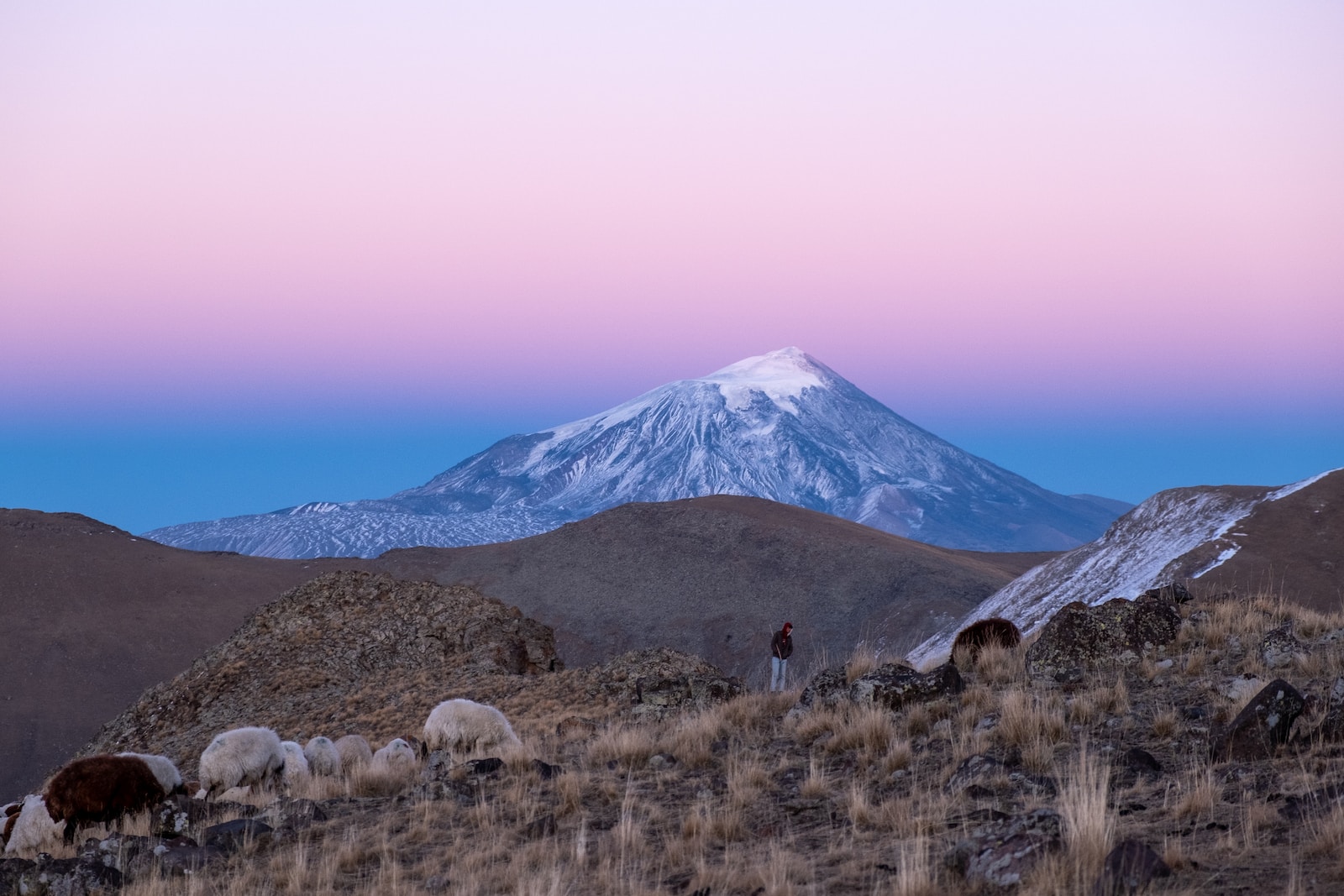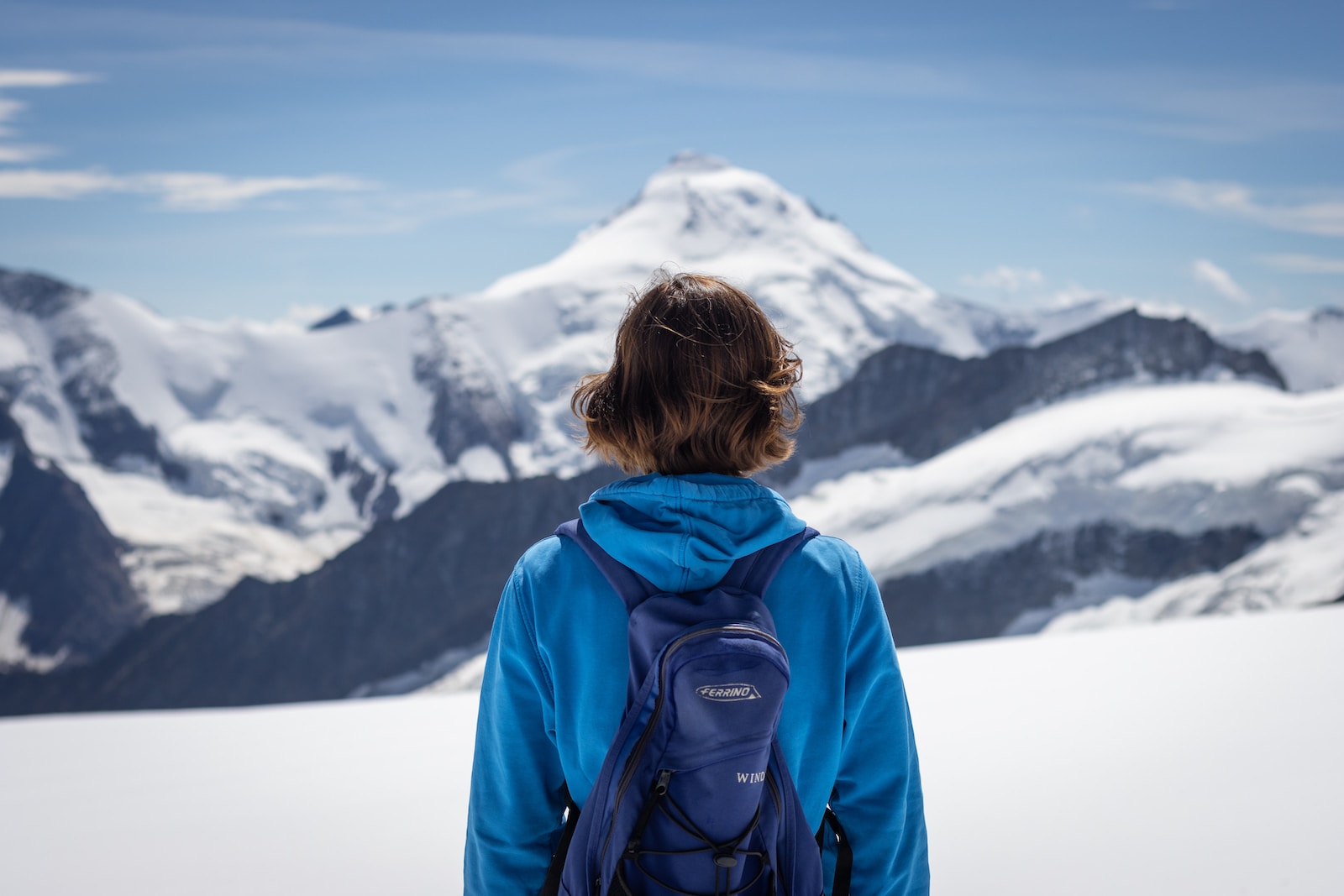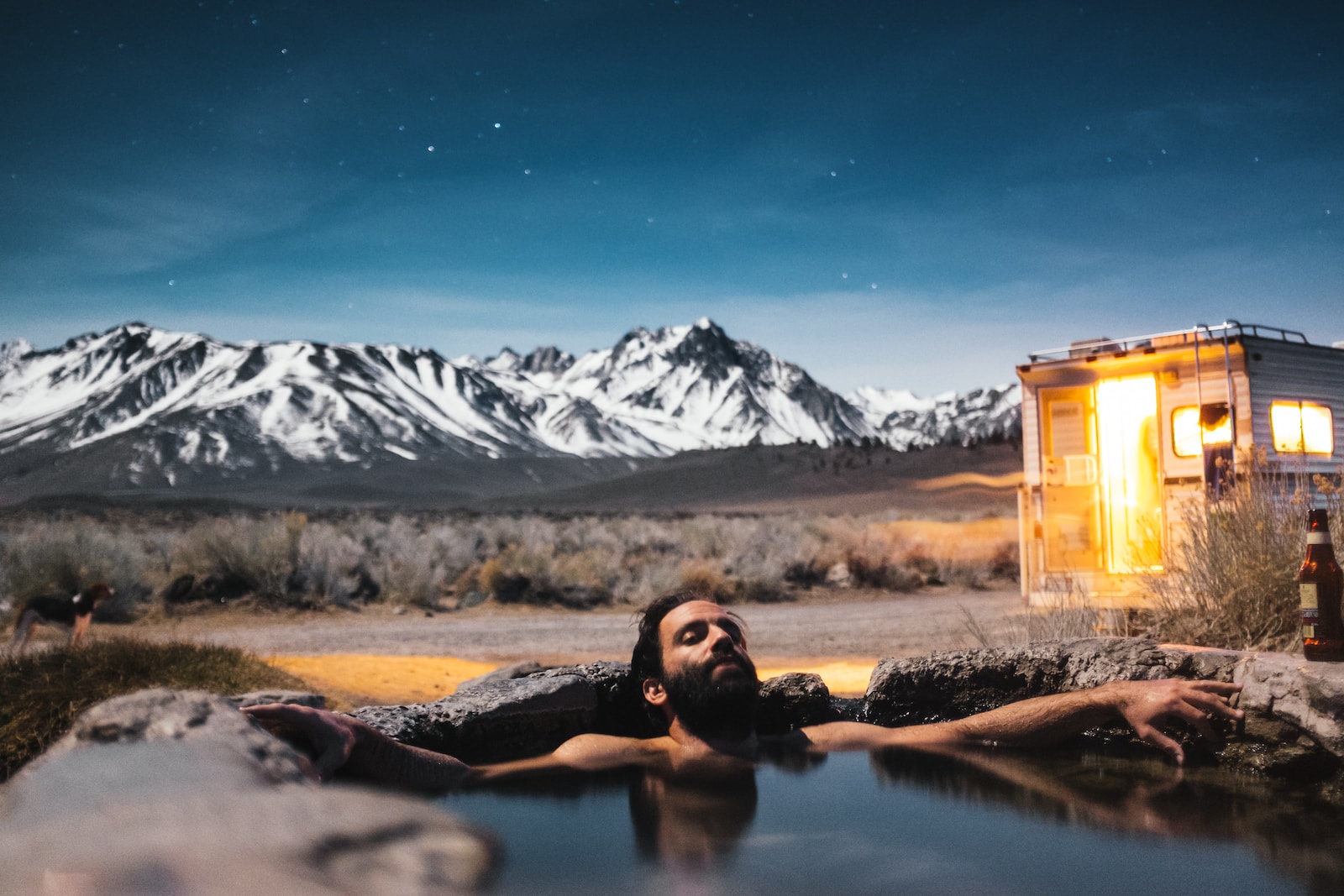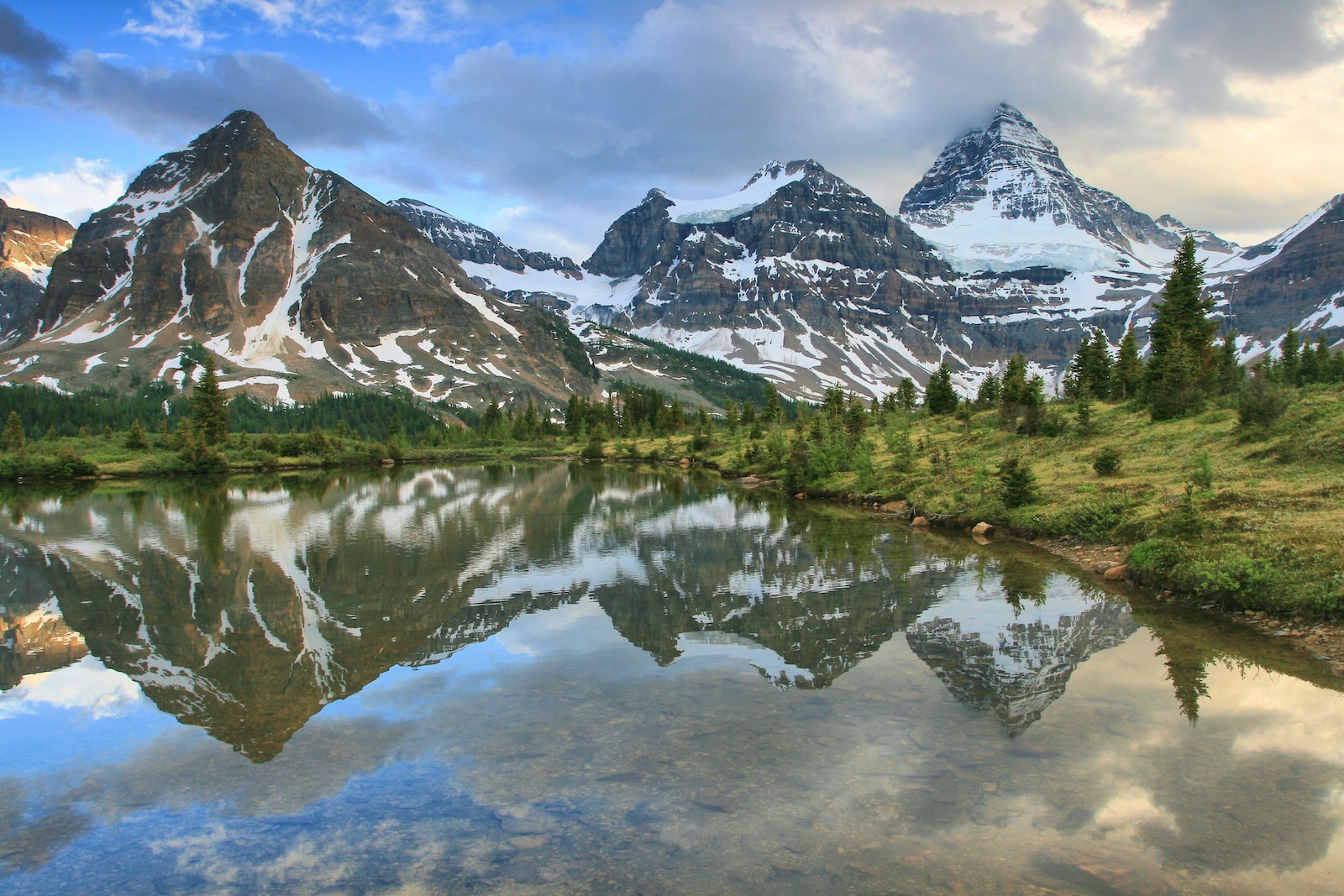Dive into the mesmerizing heights of Mount Ararat in Turkey. This guide will teach you the best camera settings to encapsulate its awe-inspiring presence. Explore the secrets of capturing the majestic landscape and allow your photographs to transport viewers to this stunning destination. Whether you are an amateur photographer looking to elevate your skills or a professional seeking inspiration, this blog will provide valuable insights on how to capture Mount Ararat’s beauty in all its glory. So grab your camera and get ready to embark on a visual journey unlike any other.
Table of Contents
- Knowing Mount Ararat (Agri Mountain in Turkish)
- Overcoming Challenges in Photographing Mount Ararat
- Frequently Asked Questions
- 1. What is the height of Mount Ararat?
- 2. Where is Mount Ararat located?
- 3. Are there any hiking trails to the summit?
- 4. What camera settings are recommended for photographing Mount Ararat?
- 5. Can I capture the sunrise or sunset from the summit?
- 6. Are there any photography restrictions in the area?
- 7. What other attractions or landmarks can be found near Mount Ararat?
- 8. Can I see Mount Ararat from neighboring countries?
- Wrap Up
Knowing Mount Ararat (Agri Mountain in Turkish)
Mount Ararat, also known as Agri Mountain in Turkish (Ağrı Dağı), is the tallest mountain in Turkey and the entire Armenian Plateau, standing at an impressive elevation of approximately 5,137 meters (16,854 feet) above sea level. Located in eastern Turkey, Mount Ararat is close to the borders of Armenia and Iran, making it a geographical focal point in the region.
This dormant volcano is characterized by its distinctive conical shape, and it is part of the expansive Taurus Mountains range. However, what truly sets Mount Ararat apart is its deep cultural and religious significance. It has long been associated with the biblical narrative of Noah’s Ark, said to have come to rest on its slopes following the great flood, as recounted in the Book of Genesis.
For adventure seekers and mountaineers, Mount Ararat is an enticing destination, with climbing attempts typically undertaken during the summer months when the weather conditions are more favorable. Scaling this majestic peak, however, requires thorough planning and preparation due to the high elevation and challenging terrain.
Additionally, it’s crucial to acknowledge that Mount Ararat holds both political and cultural importance. For Armenians, it has been a symbol of national identity and cultural significance, even appearing on the Armenian coat of arms. The region surrounding Mount Ararat has been at the center of historical and political disputes between Turkey and Armenia.
Overall, Mount Ararat’s unique geological features and its rich cultural and historical significance continue to draw visitors, climbers, and individuals interested in exploring the region’s fascinating history and heritage.
Overcoming Challenges in Photographing Mount Ararat
Photographing Mount Ararat in Turkey is a dream for many landscape photographers. Its majestic peaks and breathtaking scenery make it a popular destination for capturing stunning mountain imagery. However, it also presents unique challenges that photographers need to overcome in order to capture the true essence of this iconic mountain.
Mount Ararat and the Unpredictable Weather Conditions
One of the biggest challenges in photographing Mount Ararat is dealing with its unpredictable weather conditions. Due to its high altitude, the mountain is prone to sudden changes in weather, including fog, rain, and snow. As a photographer, being prepared for these conditions is crucial.
The best times to travel to Mount Ararat for photography are during the spring and autumn seasons when the weather is more pleasant, the landscapes are at their most picturesque, and visibility is generally excellent. Spring is particularly recommended for its combination of greenery and lingering snow, while autumn offers stunning foliage. Keep in mind that weather conditions can change rapidly in mountainous regions, so it’s important to check forecasts and be prepared for varying conditions when visiting Mount Ararat.
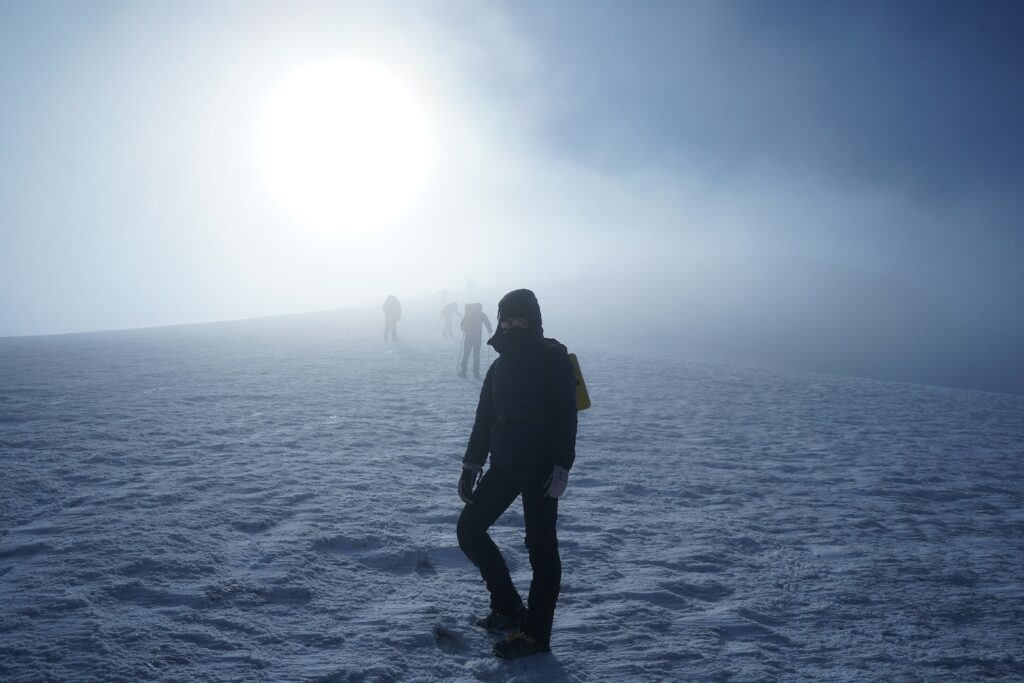
Mount Ararat Terrain
Another challenge photographers face when photographing Mount Ararat is the difficult terrain. The mountain is known for its rocky slopes, steep trails, and uneven surfaces, which can make it challenging to set up your gear and find stable ground for capturing the perfect shot.
Invest in a sturdy tripod to ensure stability on uneven terrain. Make sure it can handle the weight of your camera and lens combination. When photographing in challenging terrain like Mount Ararat, it’s essential to choose a tripod that offers stability and durability. Here are some characteristics to look for in a tripod:
- Sturdiness: Select a tripod that is robust and stable. Look for one made from high-quality materials, such as aluminum or carbon fiber. Carbon fiber tripods tend to be lighter without compromising on stability.
- Weight Capacity: Ensure that the tripod can support the weight of your camera and the heaviest lens you plan to use. It’s essential for maintaining stability, especially in windy conditions.
- Leg Sections: Tripods with multiple leg sections are more versatile for uneven terrain. They allow you to adjust the height independently for each leg, accommodating uneven ground.
Opt for a wide-angle lens to capture the mountain’s grandeur and the expansive landscape effectively. This choice will help you include more of the breathtaking scenery in your frame and emphasize Mount Ararat’s imposing presence. Selecting the right gear and techniques is essential for navigating the challenging terrain and achieving striking photographic results at this iconic location.ence.
Capturing the True Scale and Beauty of Mount Ararat
Capturing the True Scale and Beauty of Mount Ararat can be quite a task due to its sheer size and magnificent presence. To truly showcase the grandeur of this iconic mountain, it’s essential to convey its awe-inspiring scale and beauty effectively.
One helpful approach is to Experiment with different camera settings. Adjust exposure and white balance settings to find the right combination that does justice to Mount Ararat’s unique features. Taking test shots and reviewing them on your camera’s LCD screen can ensure that you are capturing the true essence of the mountain.
Another valuable tip is to incorporate leading lines or foreground elements into your compositions. By including natural features like trees, rocks, or other elements, you can provide viewers with a sense of depth and perspective, enhancing the overall impact of your photographs.
In summary, capturing Mount Ararat’s immense beauty requires careful planning, preparation for unpredictable conditions, and experimentation with various photographic techniques. By following these tips, you can overcome the challenges and create stunning images that convey the mountain’s breathtaking grandeur effectively.
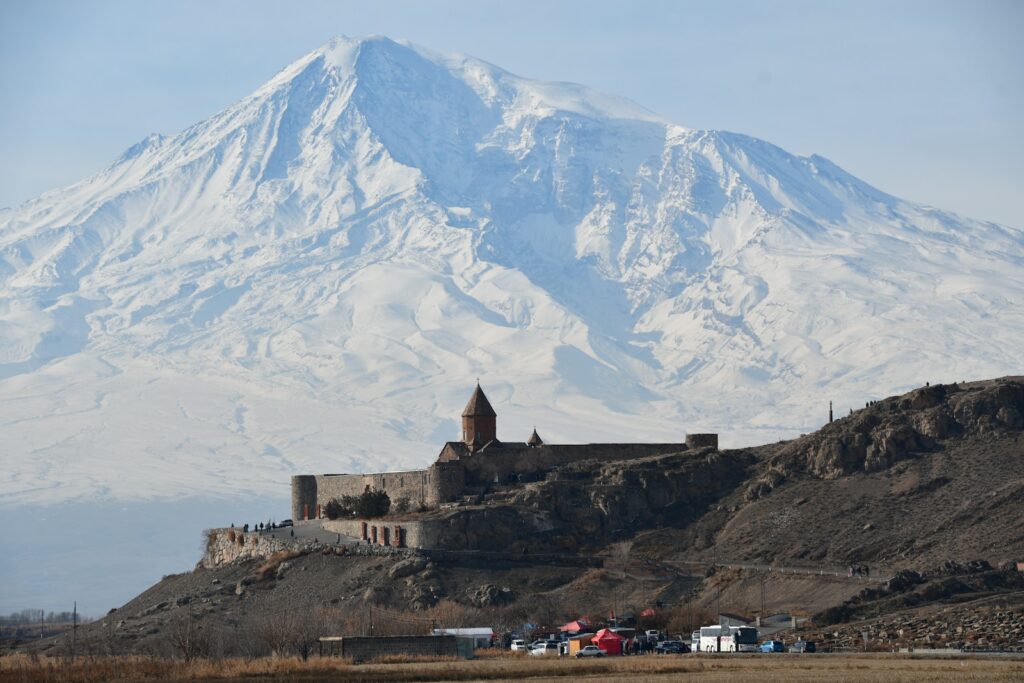
Frequently Asked Questions
1. What is the height of Mount Ararat?
Mount Ararat is the highest peak in Turkey, reaching an elevation of 5,137 meters (16,854 feet) above sea level.
2. Where is Mount Ararat located?
Mount Ararat is located in eastern Turkey, near the border with Armenia and Iran. It is part of the greater Ararat massif.
3. Are there any hiking trails to the summit?
Yes, there are several hiking routes to the summit of Mount Ararat. The most popular trails start from the village of Eli in Turkey and usually take around 4-6 days to complete.
4. What camera settings are recommended for photographing Mount Ararat?
For landscape photography of Mount Ararat, it is best to use a wide-angle lens, set your aperture between f/8 and f/16 for maximum depth of field, and adjust your ISO and shutter speed accordingly to capture the desired level of detail and light.
5. Can I capture the sunrise or sunset from the summit?
Yes, capturing the sunrise or sunset from the summit of Mount Ararat can result in breathtaking photographs. However, keep in mind that summit hikes can be challenging and require proper planning and mountaineering skills. Consult with local guides or tour operators for the best recommendations.
6. Are there any photography restrictions in the area?
There are no specific photography restrictions on Mount Ararat; however, it is important to respect local customs and regulations. Always ask for permission if you plan on photographing locals or their properties.
7. What other attractions or landmarks can be found near Mount Ararat?
Near Mount Ararat, you can visit the ancient medieval city of Ani, which is a UNESCO World Heritage Site. Additionally, the nearby Ishak Pasha Palace and the historic city of Dogubeyazit offer remarkable photography opportunities.
8. Can I see Mount Ararat from neighboring countries?
Yes, on clear days, it is possible to see Mount Ararat from neighboring countries such as Armenia and Iran. However, the best views and hiking trails are accessible from the Turkish side.
Wrap Up
Mount Ararat in Turkey is a photographer’s dream come true. With its breathtaking peaks and majestic landscapes, it offers endless opportunities for capturing awe-inspiring images. By using the right camera settings and techniques, you can encapsulate the true essence of this iconic mountain. Remember to adjust your aperture, shutter speed, and ISO according to the lighting conditions and desired effect. Don’t be afraid to experiment and let your creativity soar! Whether you’re a seasoned photographer or a passionate amateur, Mount Ararat awaits your lens. So grab your camera, head to Turkey, and embark on an incredible photography adventure! We would love to hear about your experiences and see your stunning photographs, so feel free to leave a comment below and share your story!
